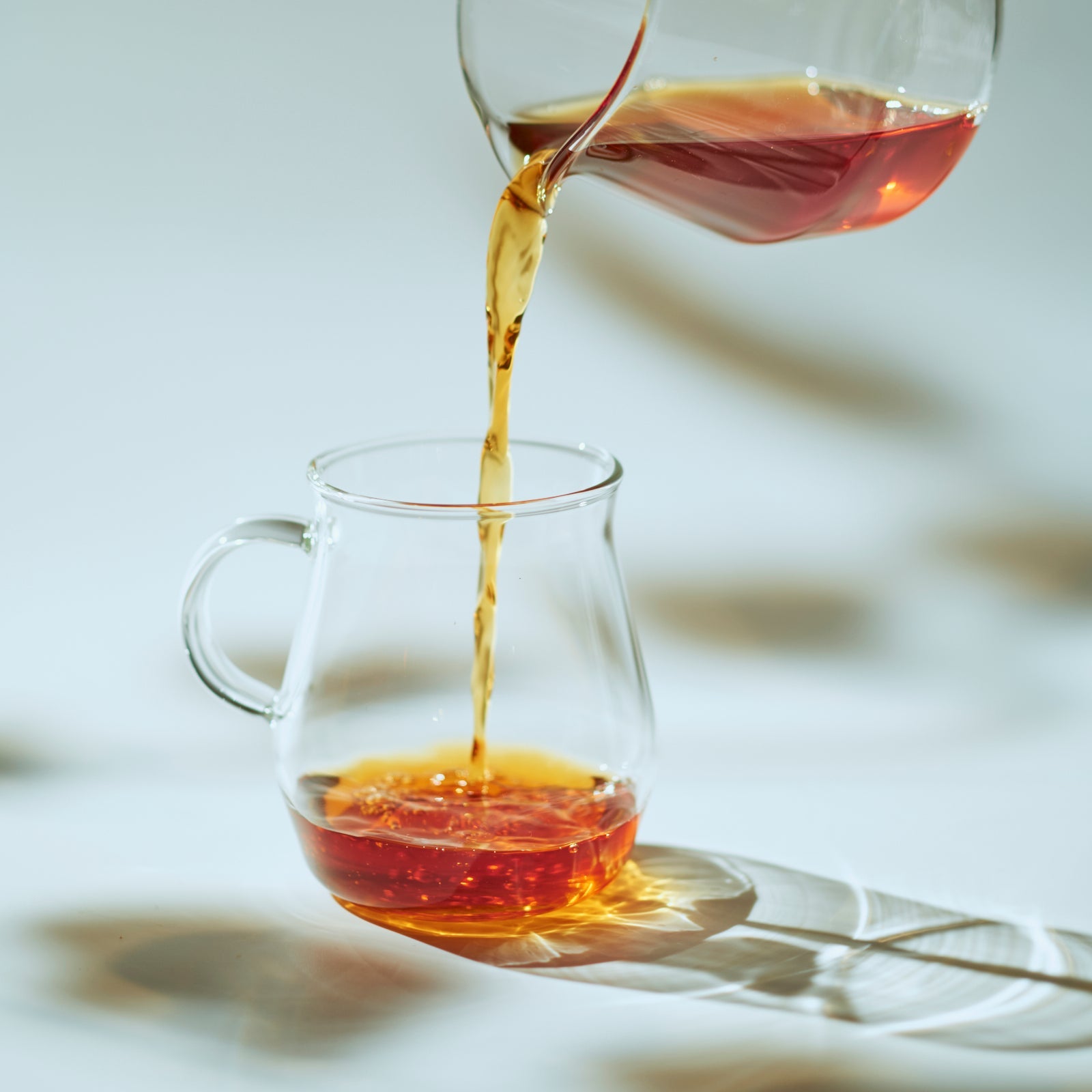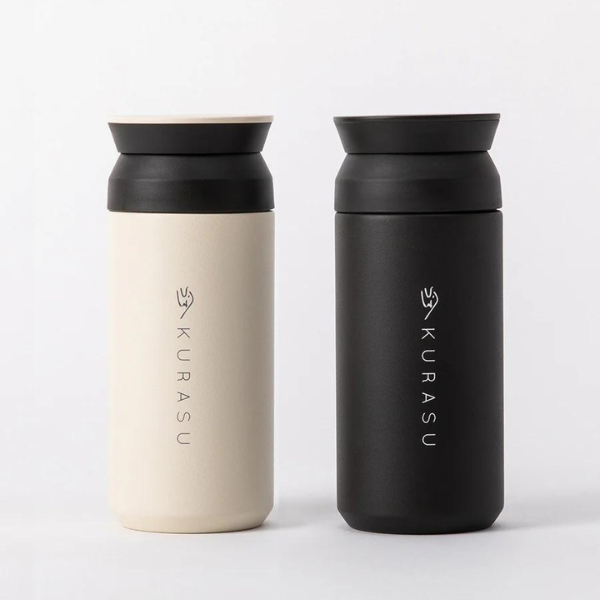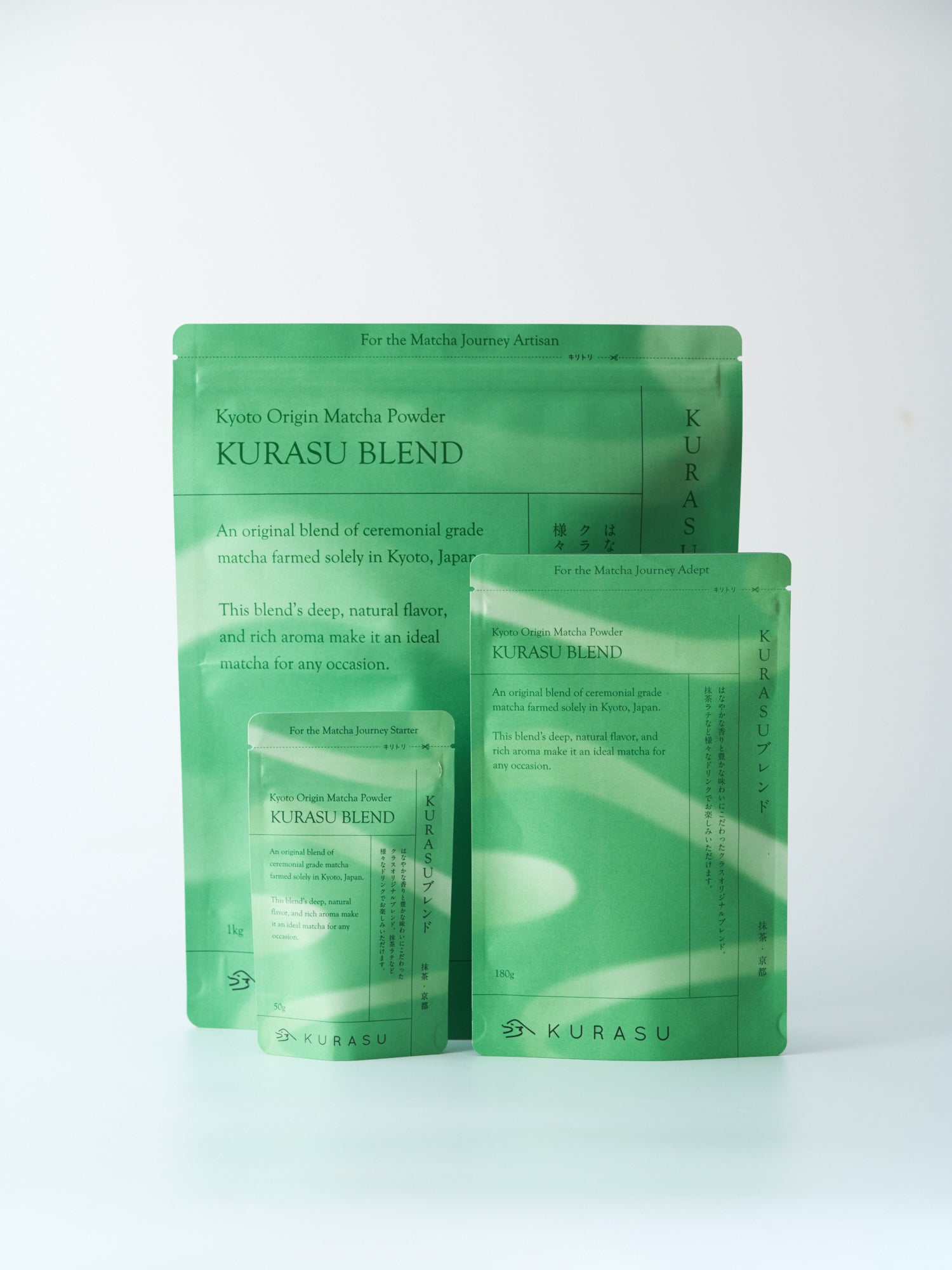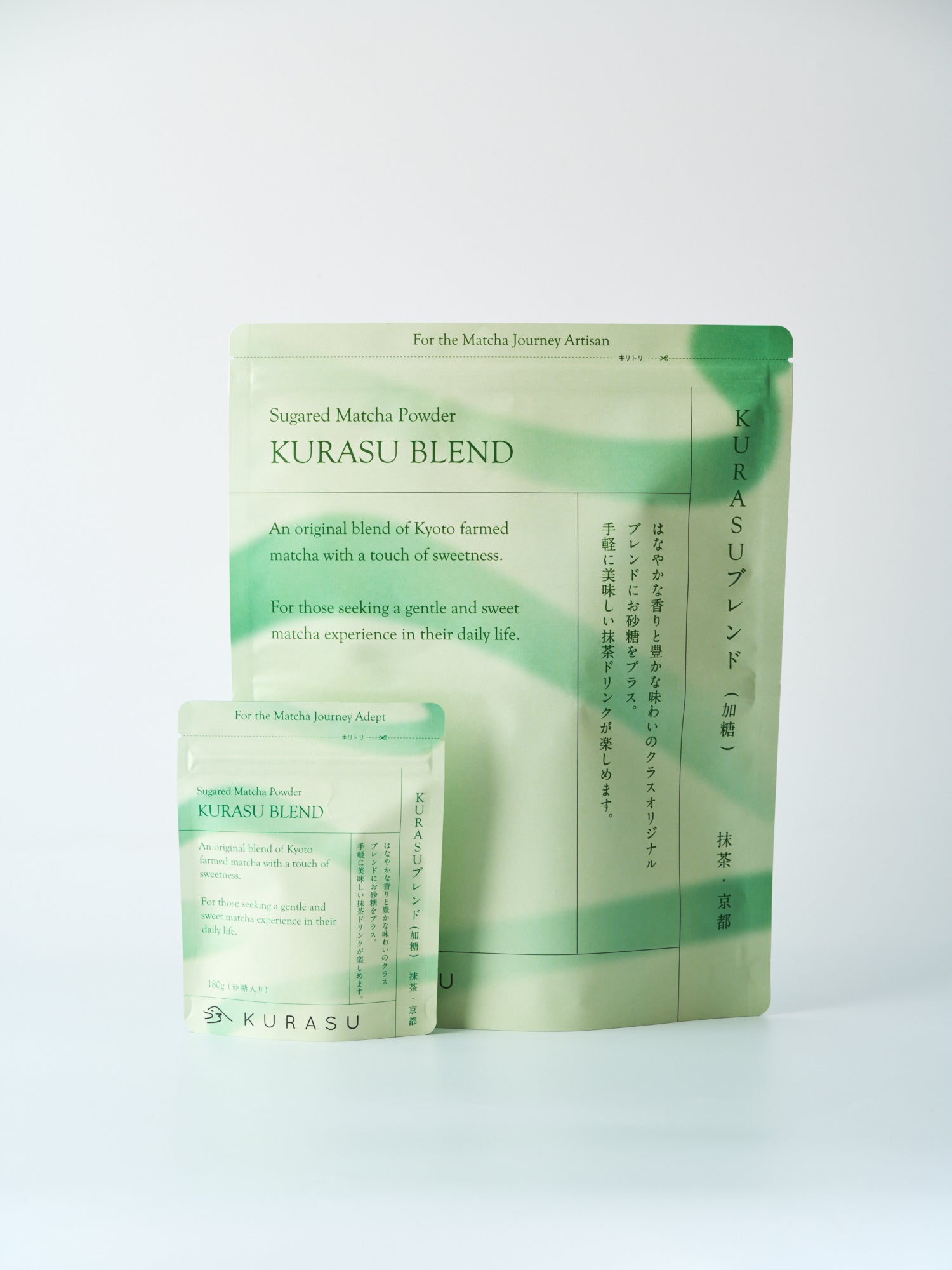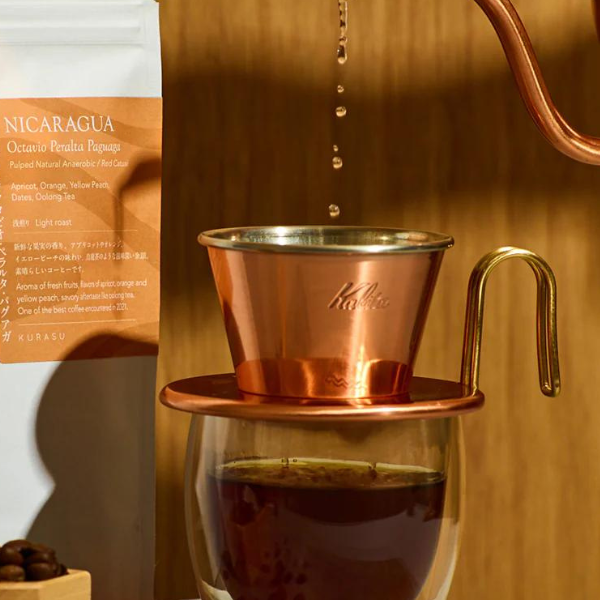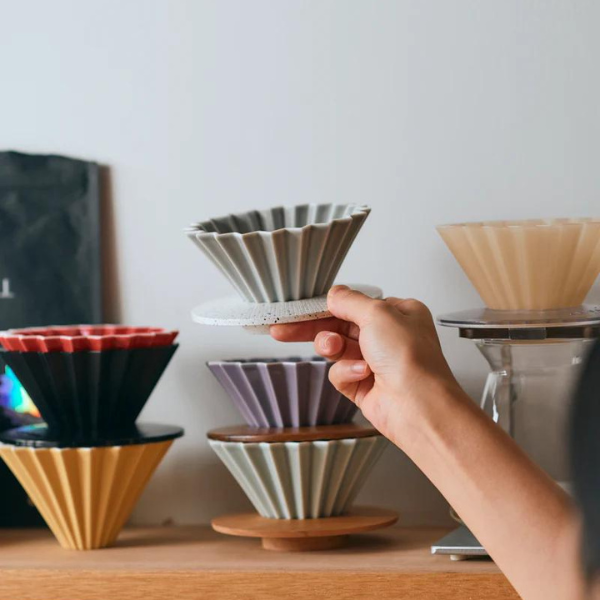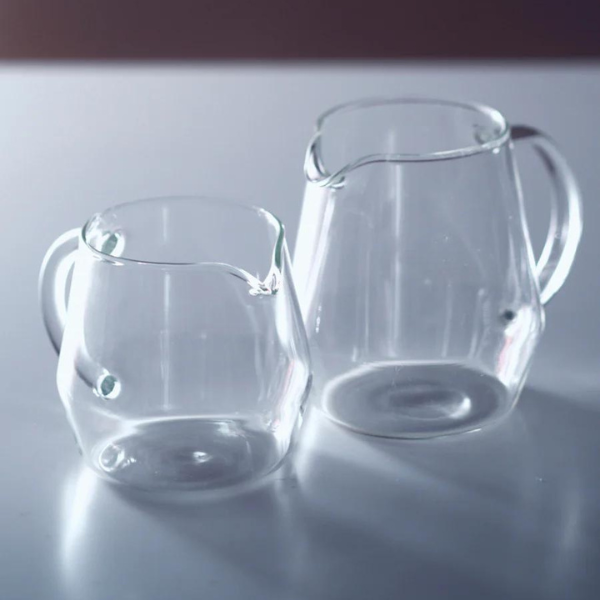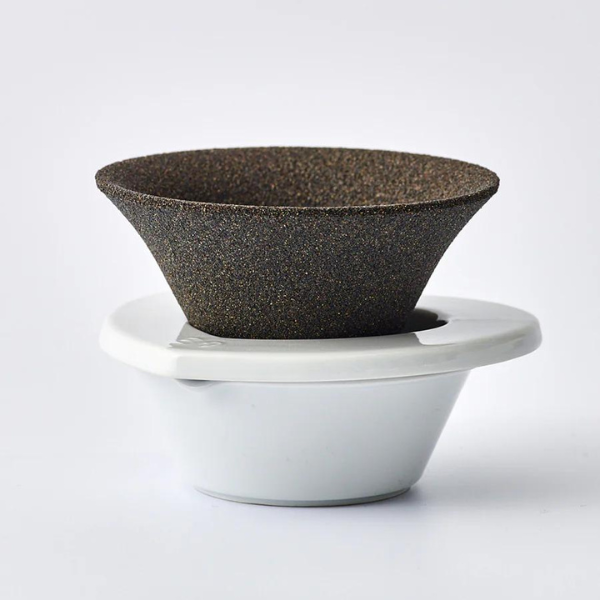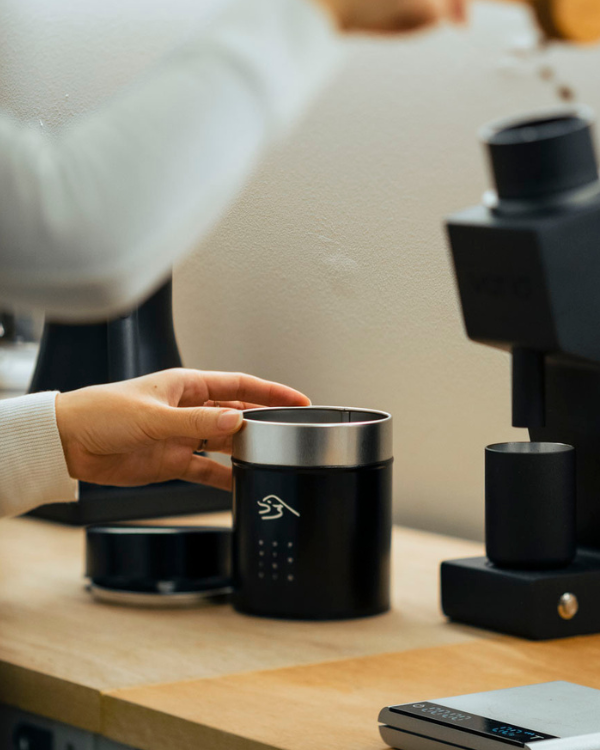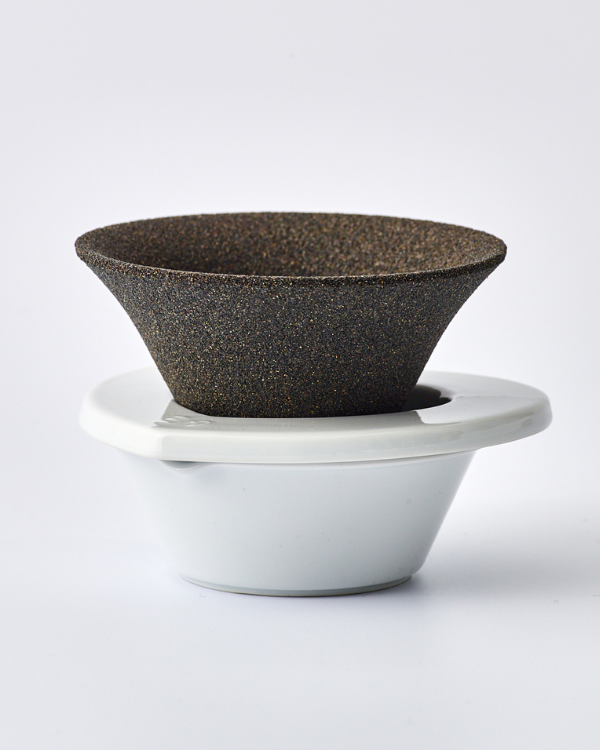
Hi everyone! It’s Hitomi.
We are starting these series to answer the questions we have been receiving from our customers, and discover things we have been curious about.
The very first topic is: Which works better for ORIGAMI? V60 vs Wave filter.
ORIGAMI Dripper has quickly became a new icon among coffee lovers around the globe- its high quality, made in Japan with a traditional Mino-yaki pottery making technique, the stunning design and vibrant colors became a great hit, and it’s been booming even more especially since the WBC champion, Jia Ning Du from China has won the cup in 2018, using ORIGAMI Dripper.
One of the great things about this dripper is that it’s compatible with both V60 filter (or other conical-shaped filter) and Kalita Wave filter, and while the flexibility is always welcomed, it may make you wonder: which works better?
So this time, we decided to test both filters to compare, using HARIO V60 01 size paper filter and Kalita Wave #155 size paper filter.
Kalita Wave White Paper Filter
Our hypothesis: with faster flow rate V60 will give more acidity and fruitiness to the cup, and slower Wave filter will give a heavier body.
Compared points:
・Brewing time
・Strength (TDS)
・Flavor difference
*We also compared yields to supplement the above.
For the experiment, we used our current lineups:
For light roast: Colombia Alipio, Ethiopia Karamo Natural, Ethiopia Karamo Washed. Click here for our current coffee lineup
For medium roast, we used our House Blend Light and House Blend Dark for medium dark roast.
Recipe:
Coffee: light roast 13g or medium/medium dark 15g
Hot water: 200g (91℃)
Grinder: Ditting 804LAB SWEET #8.5
Total 4 pours, with agitation
ORIGAMI dripper S size
We tested 10 times each, and took an average. Let’s see how it turned out!
Overall Comment and test environment
Before we take a look at the results, let me share my experience- how I did things and what I struggled with.
I knew this, but recreating the same and stable brewing condition and environment was tough. This struggle itself almost makes a whole new experiment.
Deciding when to stop brewing was also a headache. It was easy on V60 as the coffee only drips off of one point, at the tip of the filter, therefore easier to notice the change in dripping patterns- but Wave filter let the coffee drip through a larger, flat bottom, and it was quite difficult to determine when the coffee finished brewing.
To test the liquids in the similar environment as much as possible, I tried my best to measure TDS 3 times within one minute and12 mins after I finished brewing to get the average number. The reasons why I chose to wait for 12minutes are a) the liquid will have cooled down to a close temperature to the water used as a control, and b) it allowed me some time to be on top of the operation.

If you have done any coffee experiment like this, please do share your experiences and tips on how you do it- your input will be much appreciated!
Results in Numbers
Let’s dive into some datas!


Looking at the average numbers, Wave filter brews slower by 9 seconds on average, and V60 got a slightly higher TDS.
V60 brewed quicker for 6 times in total- we can safely say that V60 brews quicker. However, what’s interesting about V60’s data is its TDS. While V60 brewed quicker than Wave filter in general, TDS varies and V60 had higher TDS for 4 times, lower for 5 times, and got the same TDS for 4 times, and all of those 4 times it brewed quicker than Wave filter.
Next, let’s have a look at Extraction Yields. Number in yields show how much coffee was extracted into the cup.
V60 18.29%
Wave 18.16%
In this experiment, we found V60 brewed with a little higher Yield.
For your reference, Specialty Coffee Association defines the ideal balance in a cup as follows:
Extraction Yield: 18-22%
TDS: 1.15-1.35%

Enough with the Numbers? Let’s Talk Flavor!
How they tasted was even more different. I asked other Kurasu staff members to cup, and they asked if they were different beans.
As we hypothesized, V60 resulted in a more fruity and defined cup. The most notable difference was the texture and how clean it was.
On the other hand, a cup from Wave filter had less obvious fruitiness, but there was a distinctive body and sweetness.
I asked several people to try both, and while how people feel flavor is very subjective and varied, all of them agreed that the Wave filter brew is sweeter. However, “less defined” and “rather dry” were also on the feedback- grinding coffee a little coarser may tackle these issues.
I also paid close attention to the time each brew took until the first drop of coffee into the server. V60 brew took around 6 seconds most of the time, 8 depending on the coffee I was using. Wave filter was less stable and it was fluctuating around 3 to 5 seconds, but generally quicker than V60. This may suggest that the big difference in taste may be caused by the blooming process.
Conclusion: Filters Do Make a Big Difference
V60: Quicker to brew, more effective extraction
Wave: Better body, more sweetness
V60 filter extracts the flavor more effectively, and makes a more fruity cup.
Wave filter is as effective as V60, but with a slightly longer brewing time by 9 seconds on average gives the final cup better sweetness and body compared to V60 brew.
It’s truly amazing how much difference a paper filter can make on the same dripper.
It’s a great reminder of how sensitive, complex, layered and nuanced coffee is- just like how we were in our teenage days (!).
And it’s great to also remind ourselves how flexible and freeing ORIGAMI drippers are!
Choose different paper filters depending on the beans’ characteristics and what kind of flavor you want in your final cup- personally, I would choose V60 for South African coffee and use Wave for South American coffee.
For the second experiment, I will test 3 different recipes on the trending HARIO Switch- I will test immersion brew, filter brew, and the hybrid of the two and see how each of them affect the flavor. Stay tuned!
2021.2.19

